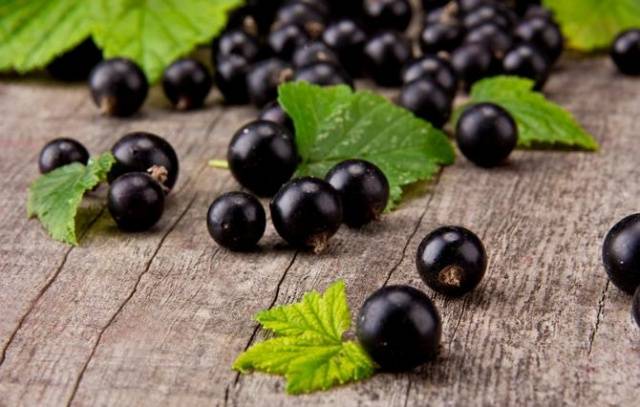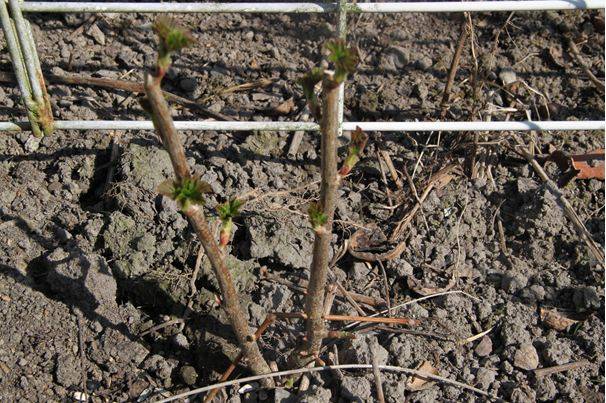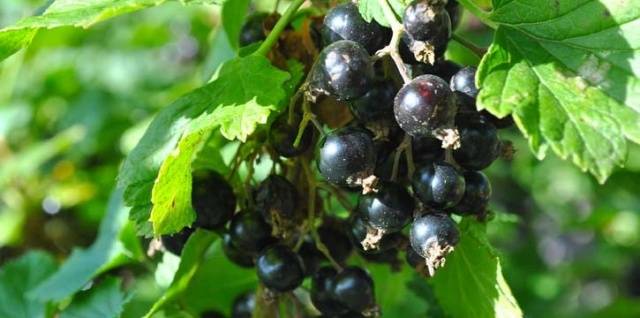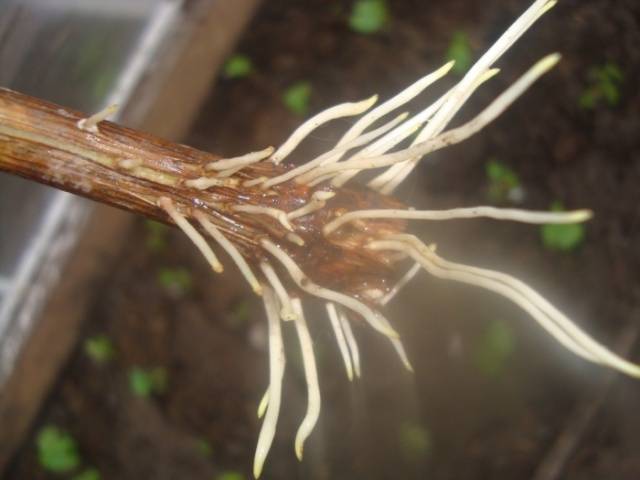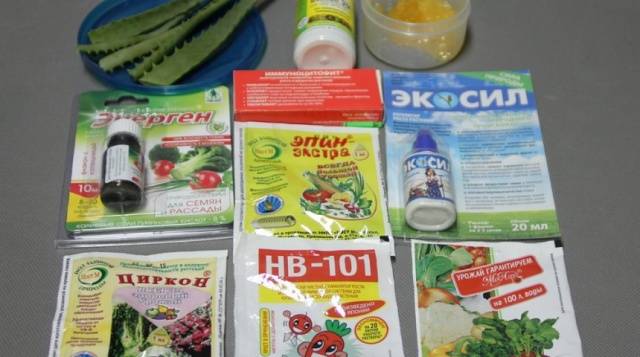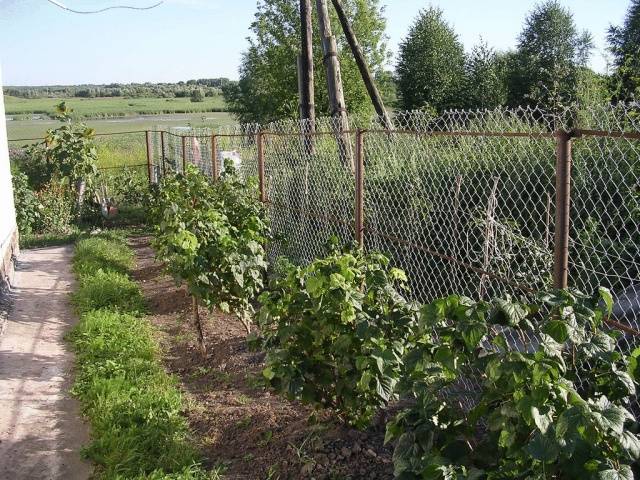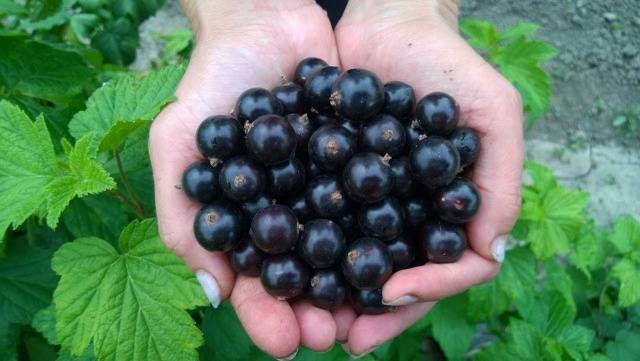Content
Propagating black currants is fairly easy. Today we'll talk about how to do this in the fall using cuttings. The cultivation of this tasty and healthy berry is justified: it takes up little space in the garden, but at the same time it gives a rich harvest with proper care. Red currants contain a lot of pectin, while black currants contain vitamin C and organic acids.
Harvesting cuttings
To propagate currants by cuttings, you need to prepare annual shoots in advance. They should be lignified, healthy, and free from damage. For harvesting, take an annual shoot with a thickness of about 0.7-0.8 centimeters. Let's make a reservation right away that in this way you can multiply:
- black currant;
- red currant;
- white currants.
Autumn is considered the best time for harvesting cuttings. This is no coincidence, because the sap flow slows down, the plant does not lose moisture, and in the spring it takes root with greater force. Cut off suitable shoots with a pruning shears, and then divide them with a sharp knife into cuttings. The length of the cuttings is 20-30 centimeters.
Cutting of currants occurs according to the following scheme:
- the upper part of the cutting is cut at an angle of 90 degrees;
- the angle of the bottom is 60 degrees.
The upper and lower parts of the shoot are not used for rooting, as they often die off. Now the cuts need to be processed to avoid moisture loss. To do this, you can use:
- beeswax;
- hot paraffin;
- garden var.
The choice of the means for processing is carried out individually. If you need to save the cuttings, then they are wrapped in a damp cloth, and then placed in polyethylene. So, they will retain life-giving moisture.
After the grafting process, currants can be propagated in several ways to choose from:
- keep the planting material until spring and start breeding when the first warm days come;
- root prepared shoots at home and plant them in open ground in spring;
- plant the cuttings in the ground directly in the autumn days, they will be able to take root on their own in the spring.
Consider the last option for breeding currants in the fall. Its advantage is that it is less expensive. In the spring, some cuttings may not start and will have to be removed.
You can harvest shoots from spring, when they are still green, and then save them in the proposed way until autumn.
Benefits of propagation by cuttings
Black currant is one of the favorite plants of gardeners. It is represented by low compact bushes, gives a bountiful harvest and multiplies easily. Blackcurrant berries are incredibly healthy. They can be eaten fresh, frozen for the winter, preserving the beneficial properties, and made from it jam and jams. It is propagated as standard in one of two ways:
- cuttings;
- layering.
Reproduction of currants by layering is a good way, but we will not talk about it today. When growing currants by cuttings, the following advantages are undeniable:
- the ability to cut a plant all year round, even in winter;
- the root system of the plant is not damaged;
- ideal way to breed a new variety.
When layering is used for reproduction, it is necessary to dig up adult bushes, disrupting their root system.The only advantage of propagating currants by dividing the bush is that 100% of the seedlings are rooted. When propagated by cuttings, the efficiency is slightly lower - about 90%.
Rooting methods for currant cuttings
Propagation of black currant by cuttings in autumn is preferable to spring. In this case, you can choose any of three ways to choose from.
So, the cuttings of the bush are prepared, you can get to work. You can root shoots in the following ways:
- prepare a special substrate and root plants in it;
- root the cuttings with a growth stimulant;
- leave the workpieces in water to form roots.
The latter method is considered the simplest and most affordable. The cuttings are placed in clean water for two weeks. The water is changed daily. As a rule, the roots appear already on the tenth day, and after two weeks the plants can be transplanted into the soil.
The second method involves the addition of any growth stimulant to the water, of which there are a lot on sale today. It can be "Kornevin", "Heteroauxin" and others. The preparations will enhance the growth of the roots and make them stronger.
A little more difficult will be for those who want to make a special substrate. For this you will need:
- large plastic cups;
- sod land;
- aspen or alder sawdust;
- vermiculite;
- water.
The very soil mixture for the cultivation of currants is made from turf and sawdust in a ratio of 1 to 3. Sawdust is pre-steamed.
Now you can take the glasses, make several holes in them and put a row of vermiculite on the bottom. Now the substrate is poured on top and the cutting is inserted. In this case, at least two buds should remain above the surface of the soil.
Now you need to water the cutting well with water at room temperature. There is no need to heat the water. Watering the cutting regularly, just keep an eye on the currants. The soil should not dry out, but it should not be in water either. Often peat is added to the substrate, this will have a beneficial effect on the seedlings.
You can combine two methods when growing roots, for example, first grow them in water, and then transplant them into a soil mixture. The optimum temperature for germination is 20 degrees.
Planting cuttings in the ground
Reproduction of currants by cuttings in the fall should be carried out long before the onset of cold weather. It takes at least two weeks for the cuttings to develop good, strong roots. Cut them in August, when the summer heat subsides. In the southern regions, these works can be done on warm autumn days.
At least two weeks before transplanting plants into open ground, a number of autumn works in the garden are carried out. First, they dig up the soil, preparing it for planting. Secondly, holes are formed for new bushes. The depth of the hole is small and depends on the size of the cutting itself. This is approximately 25-35 centimeters.
The third step is feeding. It is also made in advance. Autumn fertilization is an important procedure, however, it is worth remembering that the roots should not touch the top dressing, otherwise they will get burned. That is why the blackcurrant pit is made a little deeper. You need to add to it:
- superphosphate;
- humus or peat;
- wood ash or potassium sulfate (1-2 tablespoons).
A layer of earth is spread on top of the fertilizers. Currants are very fond of feeding in the autumn.
Planting is carried out in warm, but not hot weather. Planting dates coincide with the reproduction of currants by dividing the bush. Reproduction of red currants by cuttings occurs in the same way. Himself stalk when planting in winter, tilt at an angle of 45 degrees. Below is a detailed video for your reference:
The planting density of seedlings is of great importance. The denser the planting, the less fruit the bush will produce. Black and red currants are also similar in this.It is required that the plant receives enough light, nutrients, and is able to form a good crown. Typically, the distance between seedlings is 1 meter.
Additional factors are the varietal characteristics of the currant. You can plant cuttings for autumn growing in winter in trenches, without observing a large interval between them, and transplant them to a permanent place in the spring. Planting trenches drip along the cord. The distance between the cuttings in the trench is 15-20 centimeters. After planting, the soil near the seedling needs to be compacted.
If the autumn turned out to be cold, you can completely save the cuttings, and start growing in the spring.
Currant care
We figured out how to propagate currants in the fall using the cuttings method. Let's talk about caring for young seedlings.
As soon as the air warms up to + 10-12 degrees in spring, the formation of currant leaves will begin. We advise you to transfer the transplantation of an autumn cutting to the fall, and not to carry it out in the spring. This will provide better development for the shrub. Care consists in the introduction of fertilizers (superphosphate), protection from pests.
The main pest of black currant is the kidney mite. It affects the kidneys themselves. Also, American powdery mildew is dangerous for young seedlings. Red currants are not sick with it. Choose varieties that are immune to this complex disease, since it is impossible to get rid of it.
Reproduction of black currant in the fall is not a difficult task, but it is worth taking it responsibly.
